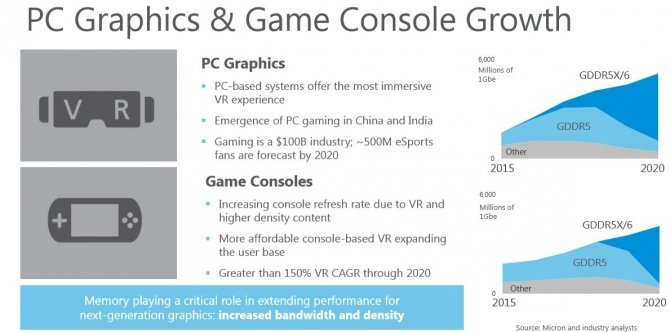GDDR6 Memory: The Next Evolution in Graphics Cards
GDDR5 memory has served graphics cards well for many years, but it’s clear that its capabilities are nearing their limits. The upcoming GDDR6 Memory is poised to take the baton and deliver superior performance. While work is already underway on modules to replace the aging GDDR5, the technology landscape is evolving, especially in the realm of electronics and graphics chips.
But what about more affordable graphics cards? Micron is doubling down on enhancing GDDR memory. Their upcoming GDDR6 represents the sixth generation and promises even faster and more energy-efficient performance than GDDR5X. The manufacturer is striving to introduce these modules later this year.
Anticipated Debut of GDDR6 Memory Later This Year
Could we see GDDR6 memory in 2017? The idea might sound almost unbelievable, given that the market is currently dominated by GDDR5 memory, with the exception of GDDR5X found in GeForce GTX 1080/Titan X. There are only two structures with HBM memory based on Radeon’s core Fiji. Yet, progress in the new technology is expected to lead to the debut of GDDR6 memory later this calendar year. The growing demand for computing power, fueled by trends like virtual reality, is a significant motivator. Gamers are increasingly upgrading their high-end equipment, and new modules with GDDR5X are expected to replace GDDR5, a process that will continue until 2020.
What to Expect from GDDR6 Memory?
We don’t have specific details yet, but GDDR6 is expected to feature higher clock speeds and improved energy efficiency compared to current memory types. It will achieve an impressive bandwidth of 16 GB/s, surpassing the current maximum of 12 GB/s for GDDR5X. Additionally, GDDR6 modules are expected to be relatively cost-effective, making them suitable for budget-friendly graphics cards. High-end models, on the other hand, may continue to leverage HBM2 technology for maximum performance.
With GDDR6 memory on the horizon, graphics card enthusiasts can look forward to an exciting leap in performance and affordability.
